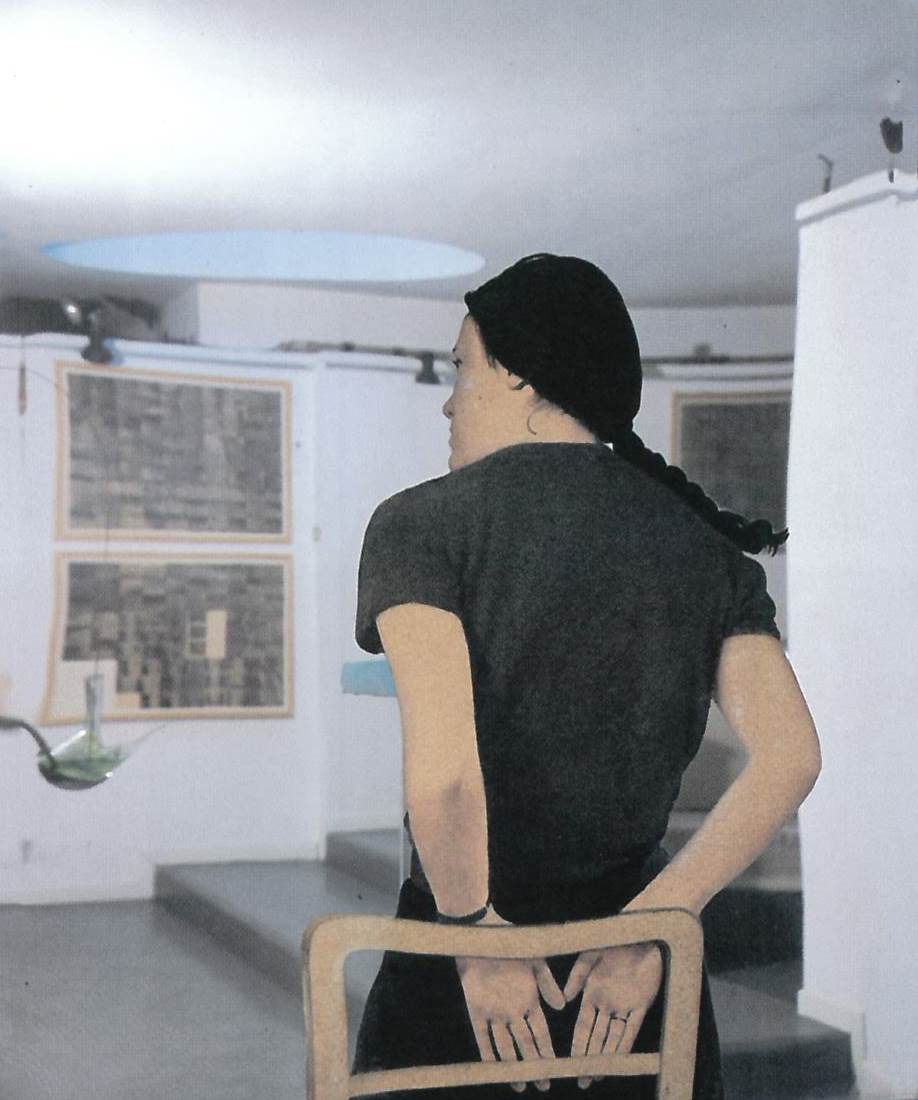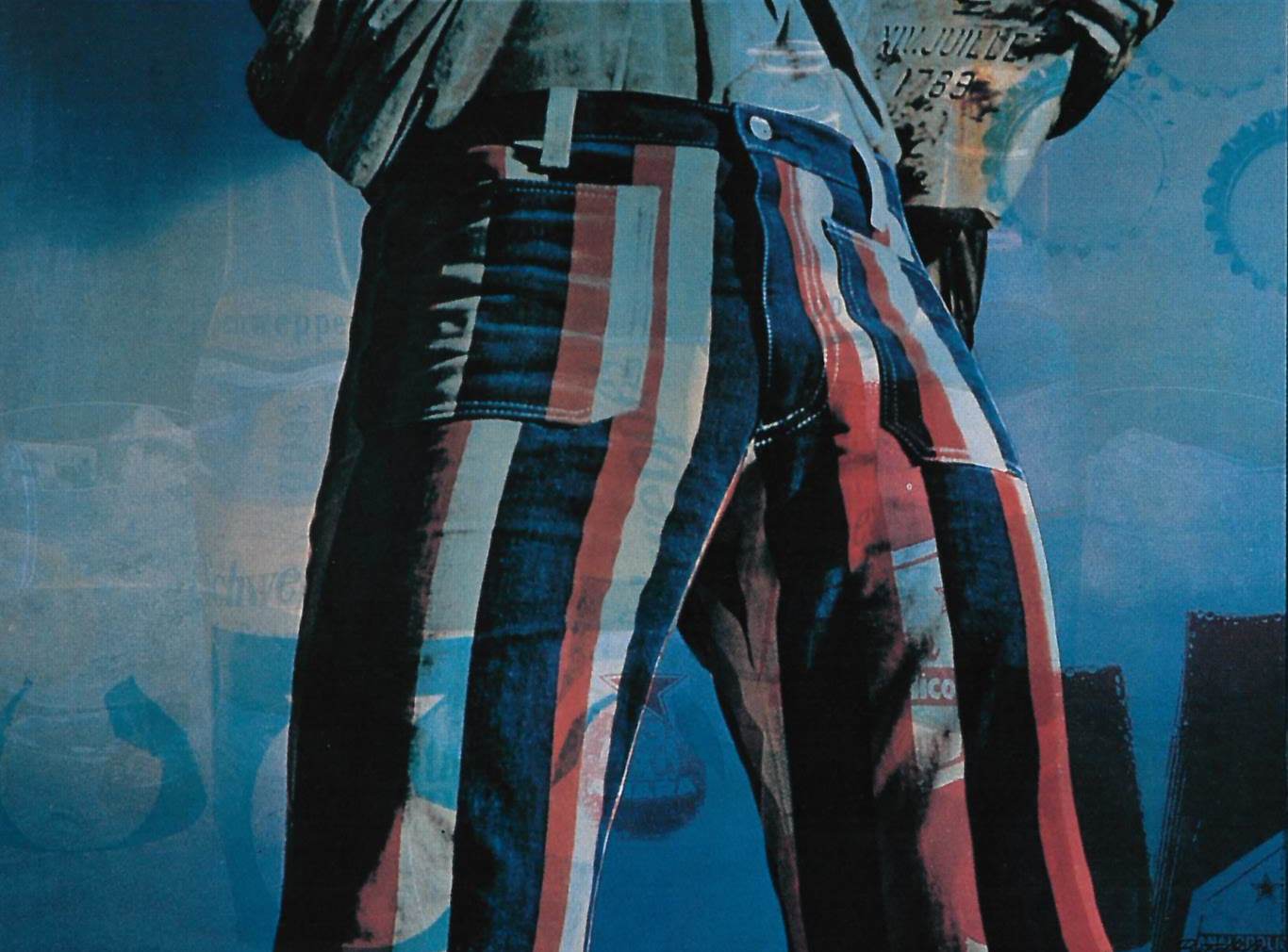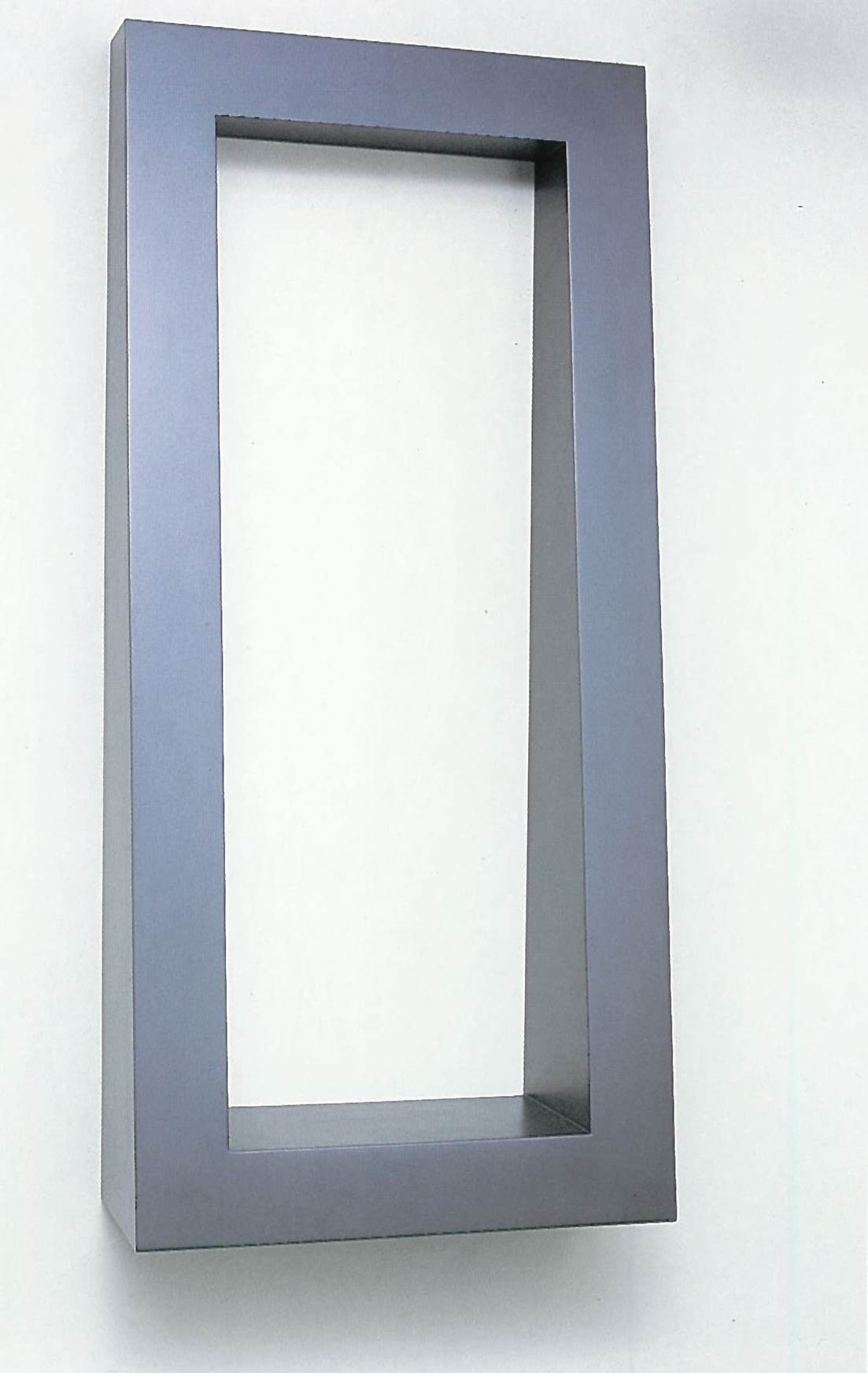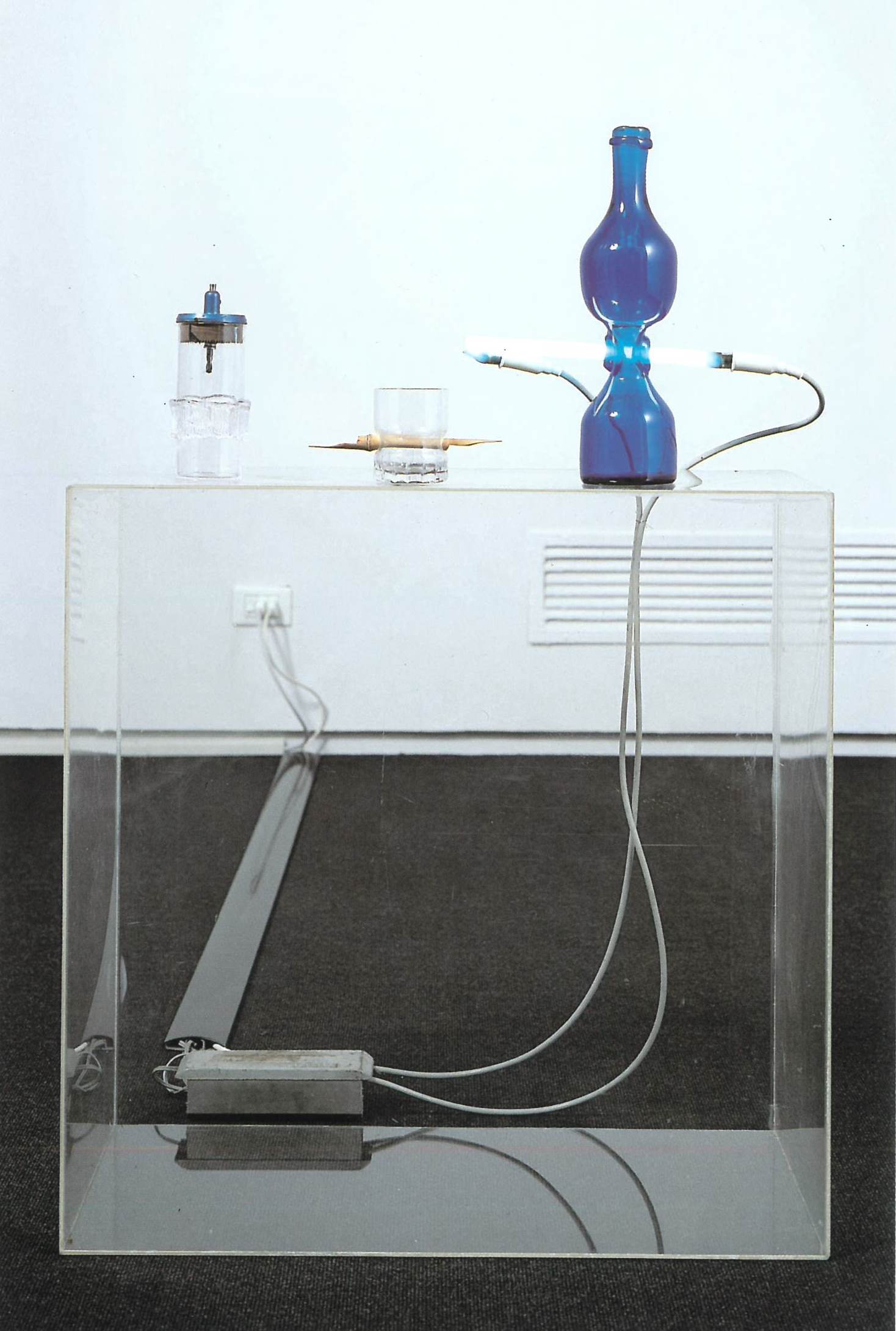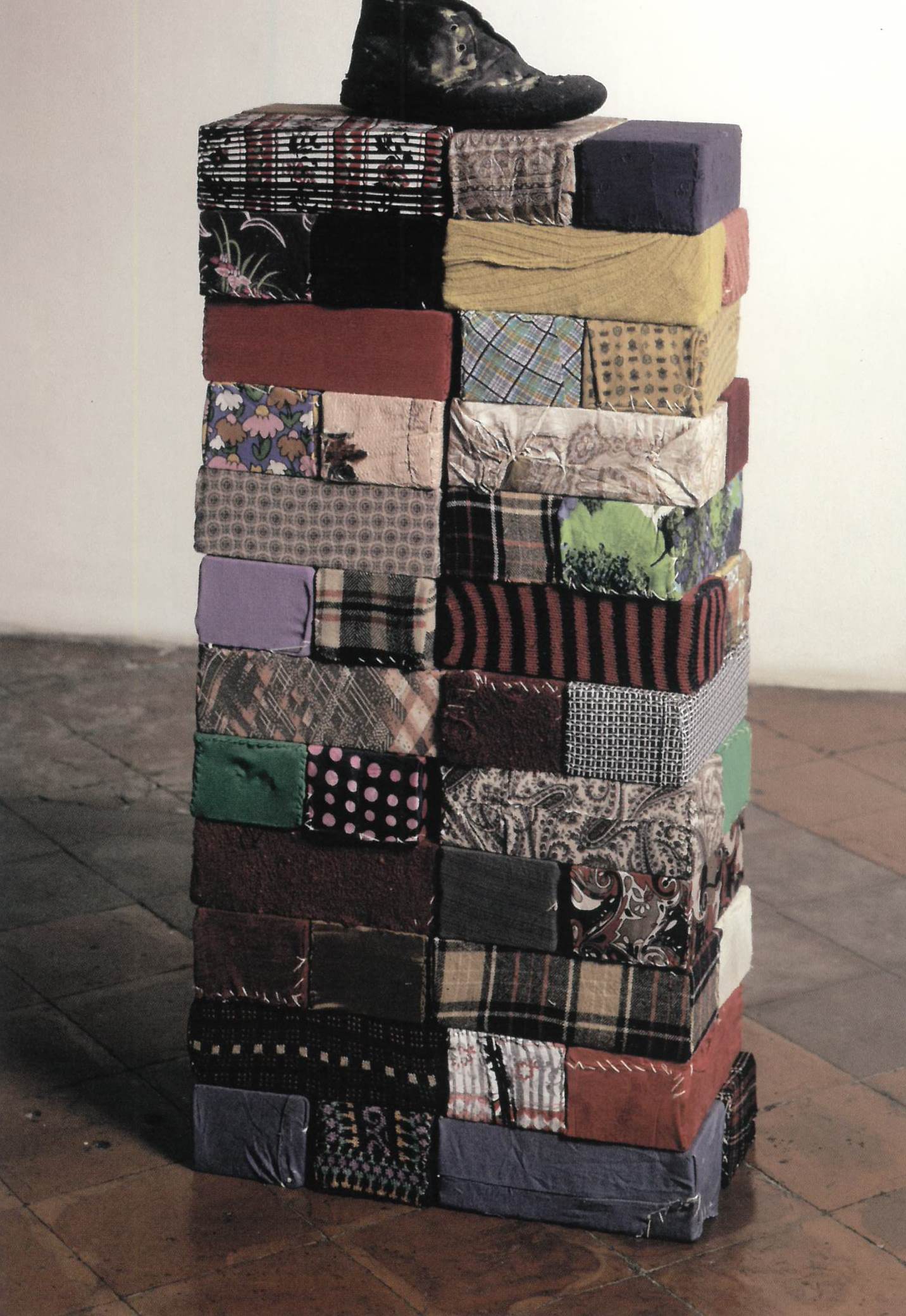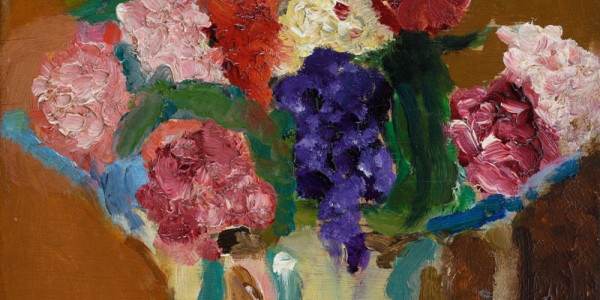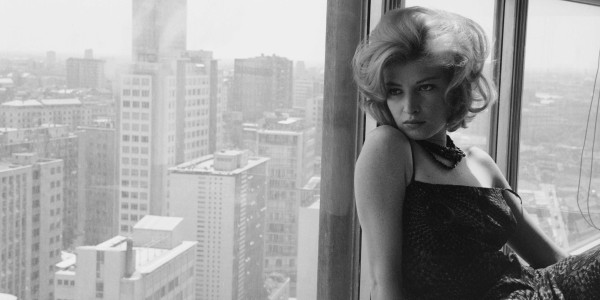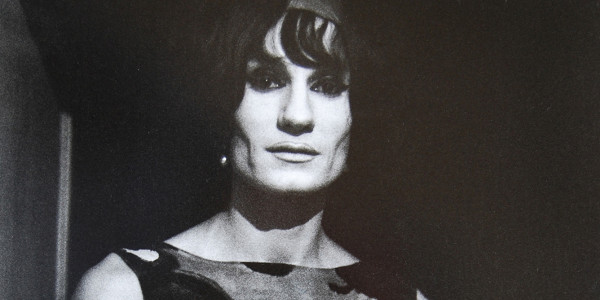Marcello Levi is one of the leading collectors of contemporary art in Italy. He began collecting works by members of the Futurist movement, such as Giacomo Balla and Gerardo Dottori, before becoming one of the earliest supporters of Arte Povera in the late 1960s. His friendship with the artists enabled him to acquire a remarkable series of works that have rarely been shown in public.
Arte Povera was a movement founded in the second half of the 1960s and promoted by the Italian critic Germano Gelant. Literally meaning ‘poor art’, Arte Povera is not a household name like other movements of the 1960s such as Pop or Minimal Art, yet its influence on succeeding generations of artists worldwide has been immense. Like Futurism, it emerged at a time of dramatic socio-economic change, against a backdrop of political upheaval and technological expansion.
Unlike the earlier movement, however, Arte Povera was internationalist in outlook and sceptical about industrialisation. The term Arte Povera refers to the choice of humble materials such as earth, iron, wood and rags with which the artists aimed to challenge conventional means of creative expression and react against the commercialism of the art market.
Levi’s collection of Italian art exists alongside works by such international giants of Modernism as Man Ray, Joseph Beuys, Paul Klee and Andy Warhol, all of whom were represented in the exhibition.
Levi was collecting at the same time as Eric Estorick, but tended to favour abstract rather than figurative art. The exhibition’s selection, installation and display of key works brought out both parallels and differences in their approaches to collecting, and served to illuminate an important episode in the cultural life of twentieth century Italy.
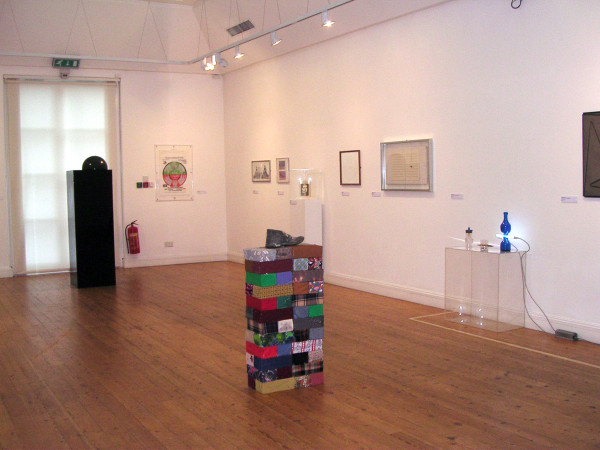
See our current exhibitions
Find out more...Discover the programme of future exhibitions
Find out more...Discover our past exhibitions
Find out more...